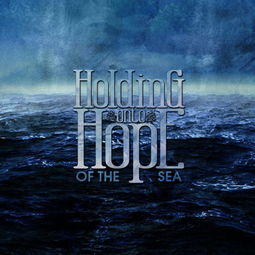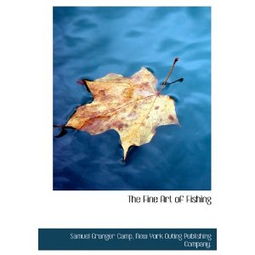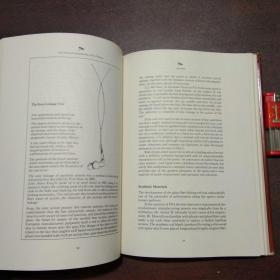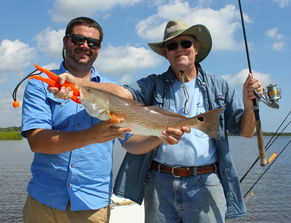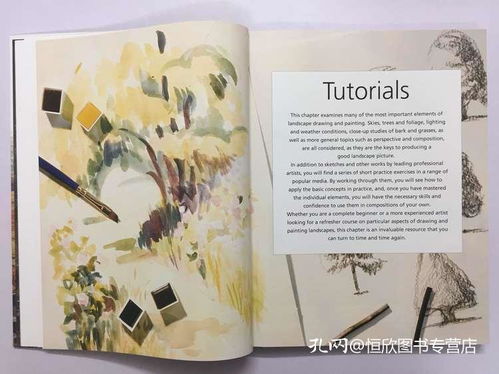Content:
Introduction: Fishing is an ancient and cherished pastime that offers relaxation, enjoyment, and a connection with nature. Whether you are a beginner or an experienced angler, mastering the art of fishing can enhance your experience on the water. In this article, we will provide you with a comprehensive guide to learning fishing techniques in a river, complete with step-by-step instructions and helpful diagrams.
Choosing the Right Equipment: Before you embark on your fishing adventure, it is essential to select the appropriate equipment. Here is a list of essential gear you will need:
a. Rod and Reel: Choose a rod and reel that suit your fishing style and the type of fish you are targeting. For river fishing, a medium-action rod with a spinning reel is a versatile choice.
b. Line: Use a monofilament line with a breaking strength suitable for the fish you are targeting. A line between 6 to 12 pounds is generally appropriate for most river fishing scenarios.
c. Lures and Baits: Depending on the fish species, you may need various lures and baits. Live bait, artificial lures, and flies are popular options for river fishing.
d. Tackle Box: Carry a tackle box with essential tools such as hooks, sinkers, swivels, and leaders.
Selecting the Right Spot: To increase your chances of success, it is crucial to choose the right spot in the river. Here are some tips for finding the perfect fishing location:
a. Observe the River: Look for areas with structure, such as rocks, logs, or vegetation, as these spots often attract fish.
b. Study the Water Flow: Fish tend to congregate in areas with slower water flow, such as behind rocks or near the riverbank.
c. Consider the Season: Fish behavior varies with the season. During the summer, fish may seek cooler water, while in the winter, they may be found in deeper, warmer areas.
Casting Techniques: Casting is a fundamental skill in fishing. Here is a step-by-step guide to mastering the casting technique:
a. Hold the Rod: Grip the rod with your dominant hand, placing your index finger on the reel seat and your thumb on the rod's handle.
b. Load the Reel: Wind the line onto the reel until it is tight, but not too tight, to ensure smooth casting.
c. Aim and Lift: Point the rod towards your target and lift it smoothly, keeping your wrist firm.
d. Sweep and Release: As you reach the top of your casting motion, sweep the rod back and release the line with a quick flick of your wrist.
Baiting and Luring Techniques: Once you have cast your line, it is time to present your bait or lure to the fish. Here are some techniques to consider:
a. Live Bait: Attach the live bait to the hook using a bait holder or a simple knot. Allow the bait to swim naturally in the water.
b. Artificial Lures: Retrieve artificial lures by moving them in a lifelike manner, such as twitching, jerking, or wiggling.
c. Flies: For fly fishing, attach the fly to the leader using a fly fishing knot. Cast the fly upstream and let it drift naturally towards the fish.
Reading the Water: To become a skilled angler, it is essential to understand the water's behavior. Here are some tips for reading the river:
a. Observe the Water Flow: Pay attention to the speed and direction of the water flow. Fish may be found in areas with varying water flow.
b. Look for Structure: Identify areas with rocks, logs, or other structures that can hold fish.
c. Analyze the Riverbed: Study the riverbed's composition, as different types of substrates can influence fish behavior.
Setting the Hook and Reeling in the Fish: When a fish takes your bait or lure, it is time to set the hook and reel in the catch. Here's how to do it:
a. Set the Hook: As soon as you feel a tug on the line, quickly lift the rod to set the hook.
b. Reel in the Fish: Keep a steady pressure on the line while reeling in the fish. Avoid jerking or pulling too hard, as this may cause the fish to escape.
Safety Tips: Fishing in a river can be an enjoyable experience, but it is crucial to prioritize safety. Here are some safety tips to keep in mind:
a. Wear appropriate clothing and footwear to protect yourself from the elements and sharp objects.

b. Always keep an eye on the water flow and be aware of potential hazards, such as rocks or fast currents.
c. Carry a first aid kit and know basic first aid techniques in case of an emergency.
Conclusion: Learning fishing techniques in a river can be a rewarding and enjoyable experience. By following this step-by-step guide, you will be well-equipped to master the art of fishing. Remember to practice regularly, stay patient, and enjoy the beauty of nature as you connect with the underwater world. Happy fishing!

